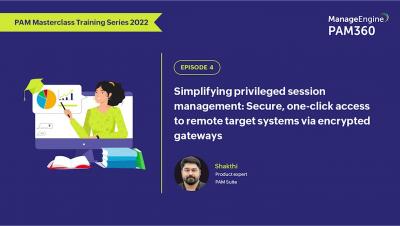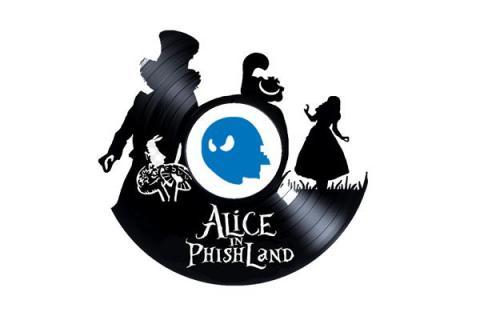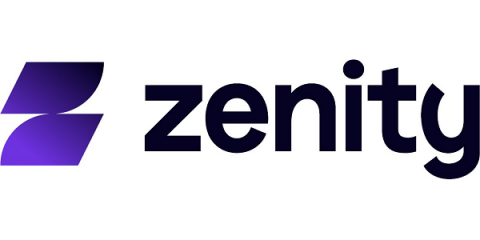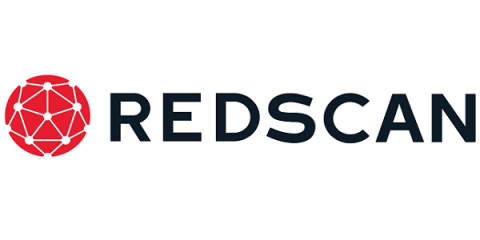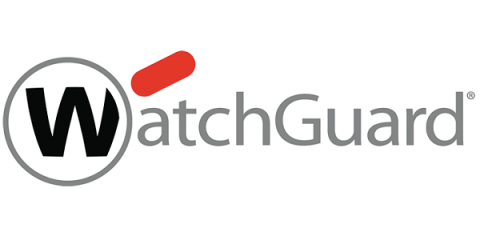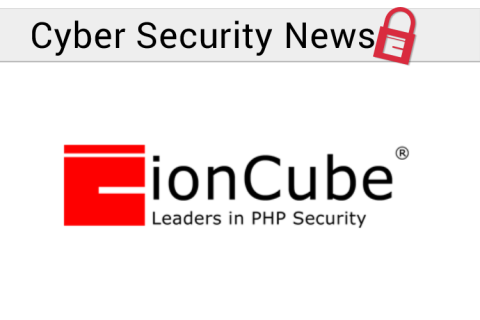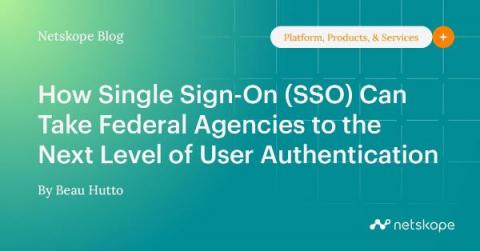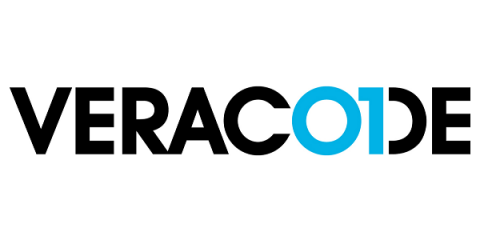Security | Threat Detection | Cyberattacks | DevSecOps | Compliance
Security
Making the Shift From Vendor Risk Management to Third-Party Risk Management (and Leaving Your Questionnaires Behind!)
Phishing: How it Works and How to Prevent it
Social engineering is the art of manipulating people, so that they give up confidential information or perform an action you ask them to do. Read and learn first hand how modern phishing works to trick victims into giving up their credentials, bank information or computer access to secretly install malicious software. Adversaries use social engineering tactics because it is often easier and quicker to exploit human nature than to hack their way in.
When User Identity Loses Its Meaning, Hackers Win
When it comes to cybersecurity, businesses typically want to assume that every user is a special snowflake. The premise that each user has a unique identity, and that cybersecurity teams can manage access permissions and identify anomalous activity based on that identity, is a cornerstone of modern security operations.
The State of Security: Malware in 2022
Among the many challenges businesses contend with in the global marketplace today, the 11th Allianz Risk Barometer 2022 ranks cybersecurity threats as the most important business risk. This proves beyond any doubt that enterprises are experiencing increasing threats and full-on attacks to their information technology systems.
How your organisation can benefit from continuous penetration testing
Usability, the key to cybersecurity in small and medium-sized businesses
In the case of small businesses, it is well known that employees are even more important as the first line of defense in cybersecurity, as small businesses often do not have the specialized personnel or the resources of large organizations to invest in training them. The available data confirms this: in the United Kingdom alone, 38% of SMEs suffered a cyberattack in 2021, according to a report by the UK Government.
Weekly Cyber Security News 15/07/2022
A selection of this week’s more interesting vulnerability disclosures and cyber security news. For a daily selection see our twitter feed at #ionCube24. Last week I mentioned fake job interviews right? Well, here is an example albeit from the reverse angle. Was a very effective attack though. The usual lesson applies – watch what files you open.
How Single Sign-On (SSO) Can Take Federal Agencies to the Next Level of User Authentication
It is no secret that agencies are facing multiple challenges when it comes to meeting mandates from the White House Executive Order on Improving the Nation’s Cybersecurity. The order calls for the adoption of numerous best practices, including the implementation of a zero trust architecture (ZTA).
Three Ways to Align with the White House's Cybersecurity Recommendations
The global pandemic and more recent geo-political events have brought an even greater focus on the threat of cyber attacks on individuals and businesses. Even as global lockdowns and restrictions on movement have eased, many organizations have not adapted to remote or hybrid styles of work. The reality that most of the workforce now operates outside a perimeter that can be controlled creates greater opportunity for scammers, hackers and the potential for cyber attacks than ever before.


